
Identify and Visualize
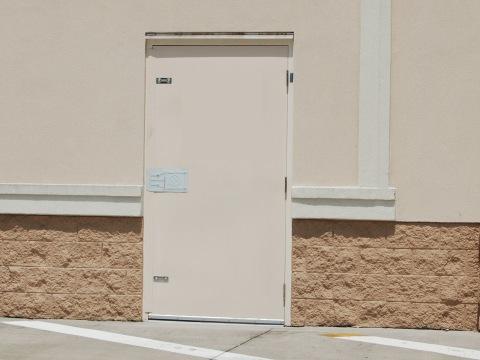
From the outside this door has some obvious signs of supplemental locks. The handle is missing and it has been replaced by a hardened plate. Additionally, the top and bottom of the door have additional lock attachment points. The entire lock side of the door is also protected by a steel plate that runs the entire height of the door to further protect the locking mechanisms.
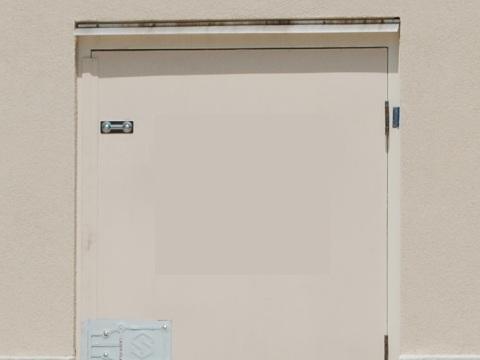
From the inside, it's a bit easier to see what is securing the door. There is a total of three locks: a normal locking mechanism, and two pin locks. A simple push on the panic bar disengages all three locks simultaneously.
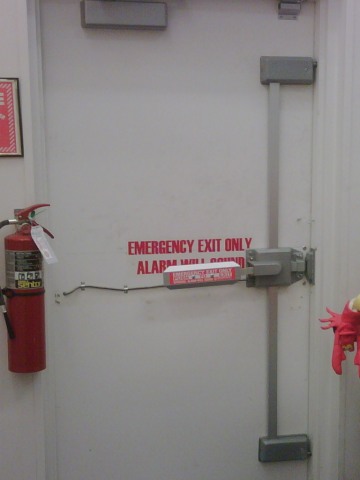
Shown below is close-up of the tradtional locking mechanism.
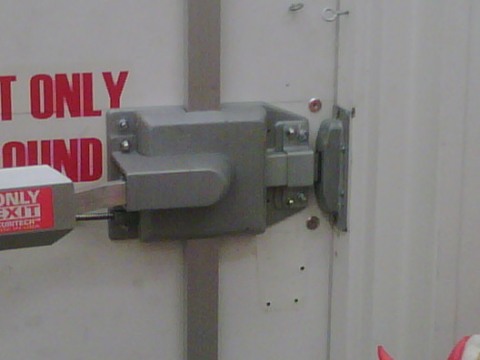
Shown below is a close-up of the lower pin lock. The upper pin is similar.
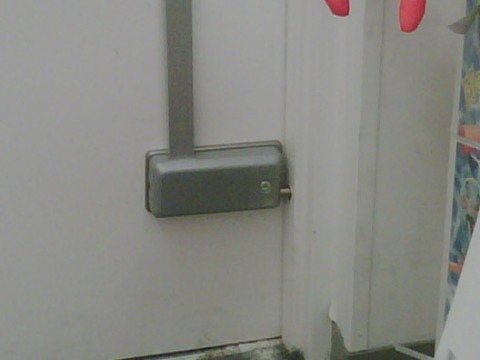
As with every forcible entry situation there are many different options that could open this door. Obviously, some methods are quicker and more efficient than others. On this particular door, attacking the panic bar would seem to be an effective method. One method could possibly be the framing square method we discussed almost three years ago. Click here for a write-up on that method.
Different styles of locking mechanisms similar to this are showing up at an alarming rate. We know through experience that hand tools, power tools and brute force can get us through almost any door. However, we owe it to ourselves to get out in our district and learn about these doors ahead of time. It allows us to better apply the ”identify and visualize” method of forcible entry. Remember, work smarter, not harder.